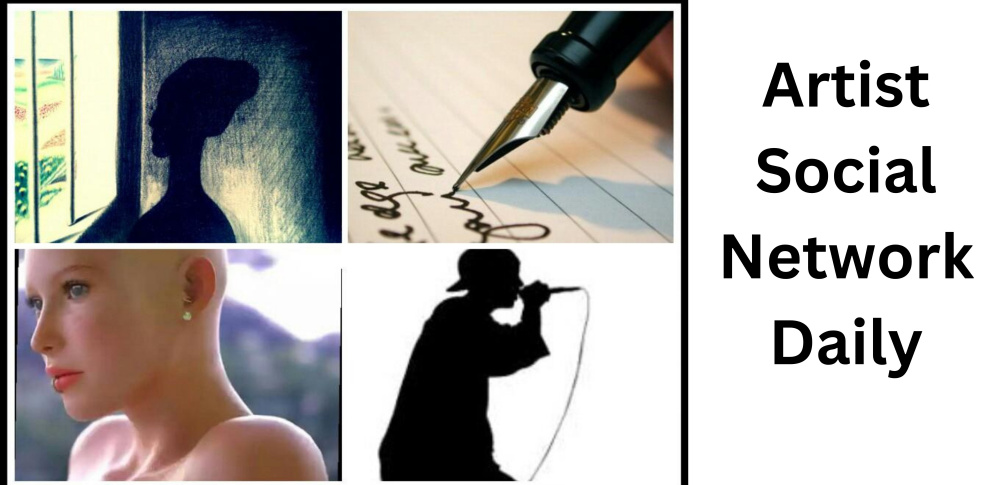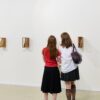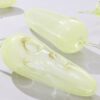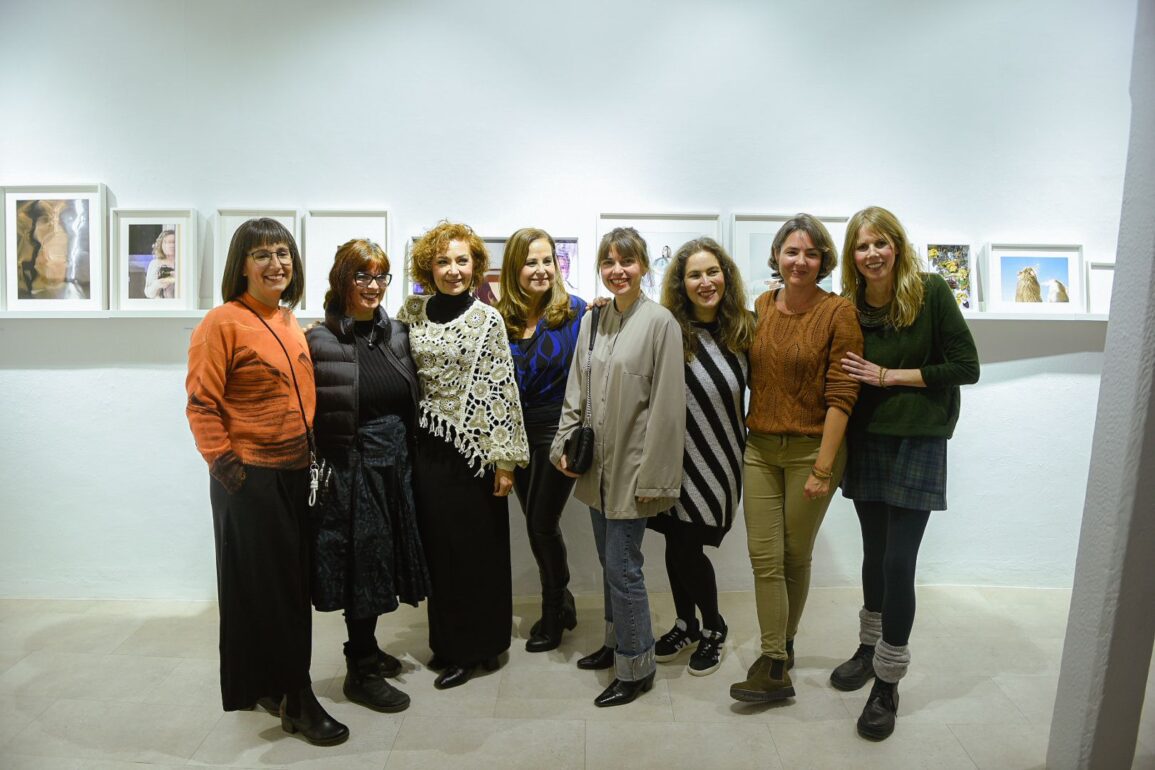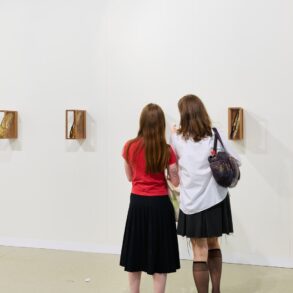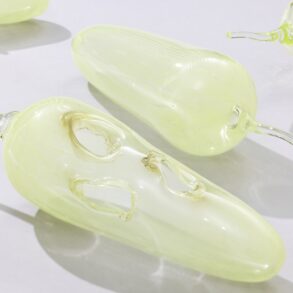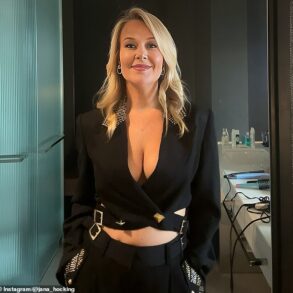Regina Sotorrío
Malaga
Friday, 7 March 2025, 17:19
The photos keep coming one after the other on the walls of this former printworks, now the Gravura gallery, with hardly any space between them and certainly no hierarchy to how they are placed. Just like on Instagram. Only here, instead of scrolling with your finger, you scroll around the room. As we do so, we enter into their intimacy, their private lives, into what they want to show of their world, or maybe also what they don’t. Thirteen female photographic artists come together in this collective exhibition, part of the wider arts programme under the MaF banner (Málaga de Festival). This particular exhibition reflects on identity and image in the digital era, where something once so personal has become an element of public exhibition.
The artists are Alba Blanco, Bianca de Vilar, Claudia Frau, Dámaris Pérez Delgado, Elena Pedrosa, Esther Pita, Gladys Farias, Laura Brinkmann, Lia G, Marichu López, Noelia García Bandera, Sara Sarabia and Victoria Abón. Thirteen women from different cultures and different generations connected by the Fama Collective (a group of art photographers based in Malaga), a meeting point for visual creators committed to creating art from their photographic work. The exhibition La Intimidad del Espectáculo is on until 21 March at Taller Gravura, creating a dialogue with these artists via diptychs in which each one of them overturns the dichotomy between what is public and what is private, what is shown and what is hidden, appearance and reality.
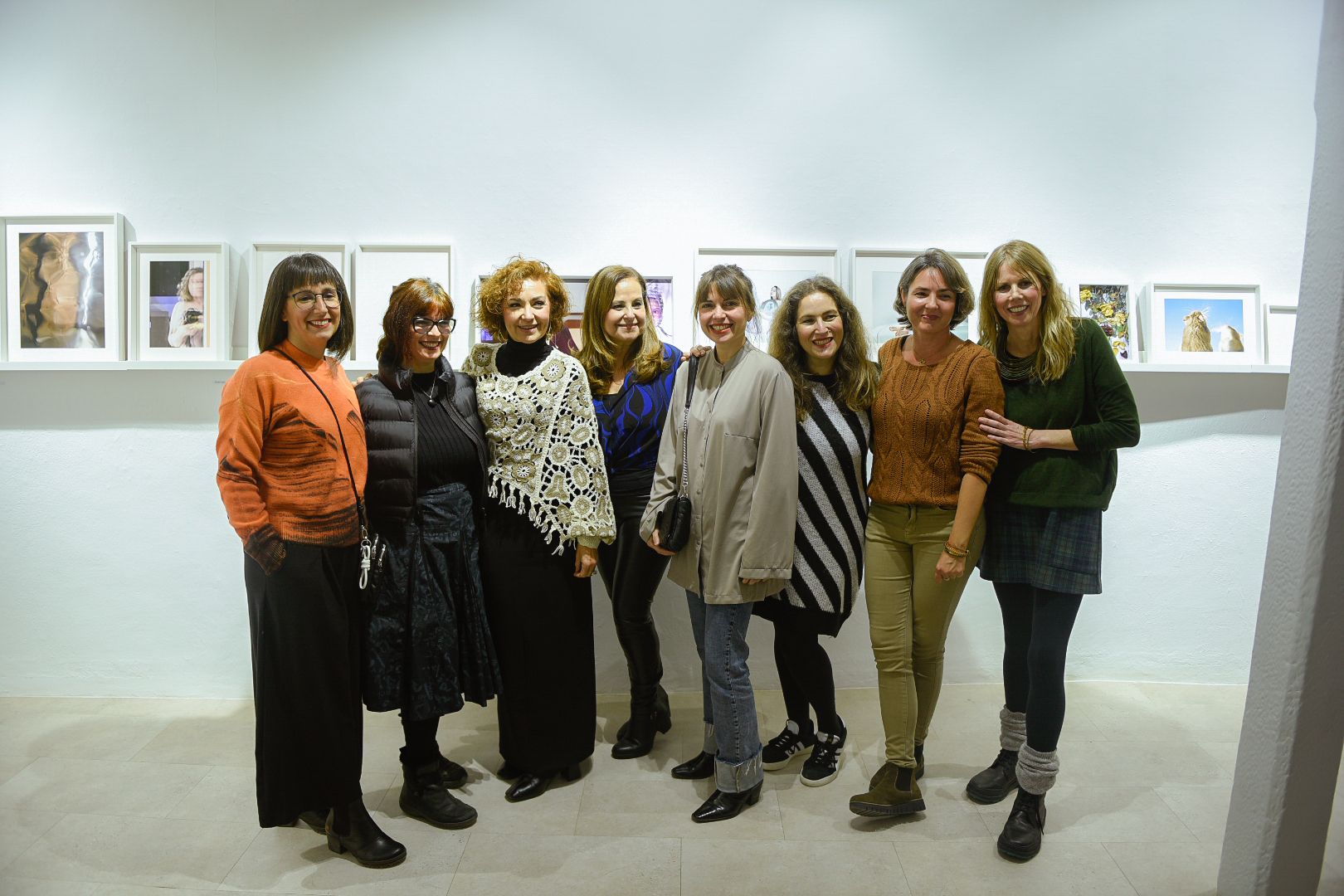
The mirror is the central axis, the vehicle for the entire exhibition in both a literal and a metaphorical sense, with photos taken specifically for this purpose. “Because in the end social media is like a mirror in which you reflect yourself, do you see who you want to see, do you see yourself? Because many times you see yourself, but you don’t feel recognised,” says Sara Sarabia, who coordinated the exhibition. Alba Blanco’s work opens the exhibition by placing a mirror directly in the centre of the image, projecting the sky in the middle of a field. In the next shot, it is she who places herself as a shadow in the world. “It’s as if she were placing all of us,” says Noelia García Bandera. Next to her, in two pieces created with delicate aesthetics and subtle colours, Esther Pita is photographed photographing herself to then be photographed by the model, a change of roles that we all constantly assume.
Claudia Frau uses the mirror itself as a base, placing her own image on one side and on the other the image of her mother, who is still someone in whom she can see and reflect herself. She speaks of identity, but also of the passage of time between the two and of an image that is not always perfect, wrinkling the paper. Sara Sarabia also transfers the photograph to the mirror and, for the first time, works from her own face. “It had to be me, how I see myself and what social media generates in me and the way we communicate. We are left in a vacuum, we treat ourselves and others badly, because in five seconds you have read everything and you think you know everything,” she states. Hence the gaps she leaves on her face for the others to fill in.
The language changes radically in Dámaris Pérez Delgado’s pieces: with a beautiful warm tonality, the artist shows a coastal landscape at sunset and then how that place is reflected in a mirror. The “painting within the painting”, a very pictorial device, says García Bandera. The two faces of the same reality, of the same identity. Like the two views of herself presented by Gladys Farias: from distortion to pure abstraction, a metaphor of “what identity means, as well as the photographic fact and recognition”, says Sarabia.
Laura Brinkmann’s proposal is a turning point. It is the only one that resorts to analogue photography, developed by herself and captured in black and white. She invites us to rest our gaze on some very poetic images based on the found object, on an old mirror that has had part of it intentionally cleaned off, and what looks like a fallen dove. Elena Pedrosa also uses alchemy in her photography: she chemically develops a digital photograph in order to then manipulate it by etching. In this way she draws on a portrait from her childhood and another of her grandmother, some text with which she ends a family conversation that began years ago. Lia G exhibits two clean, apparently aseptic images, but with a lot of content, showing two young people in front of a mirror that returns their negative reflection.
Time
Victoria Abón reflects on the passage of time with an interesting composition: a photograph of beautiful flowers in the form of a still life reflected in a mirror, next to another piece with the same flowers already withered, but with their reflection intact. Unreal.
Noelia García Bandera captures a ‘decisive moment’, in which a rodent seems to pose in front of a mirror, a ‘humanised’ animal that is a definite nod to the work of Chema Lumbreras. “Rodents have a very short life span, like any reflection”. A cold image that contrasts with another warm one of beautiful flowers in golden tones. “But when you get closer you discover that they are fake,” she says. Simply because appearances can be deceiving.
Contrast is also present in Bianca de Vilar’s offering: in the same scene she photographs the reflection of flowers and a girl. The flowers are in colour while she is in black and white. Marichu López closes the tour with a conceptual and sensorial diptych of a wet body – of which we only see a part – and a hand holding a broken mirror where there is apparently no image. Opposite the photos the 13 artists have created a ‘wall’ with their profile photos and with spaces for the spectator to complete the wall by looking, of course, in the mirror.
This post was originally published on this site be sure to check out more of their content
